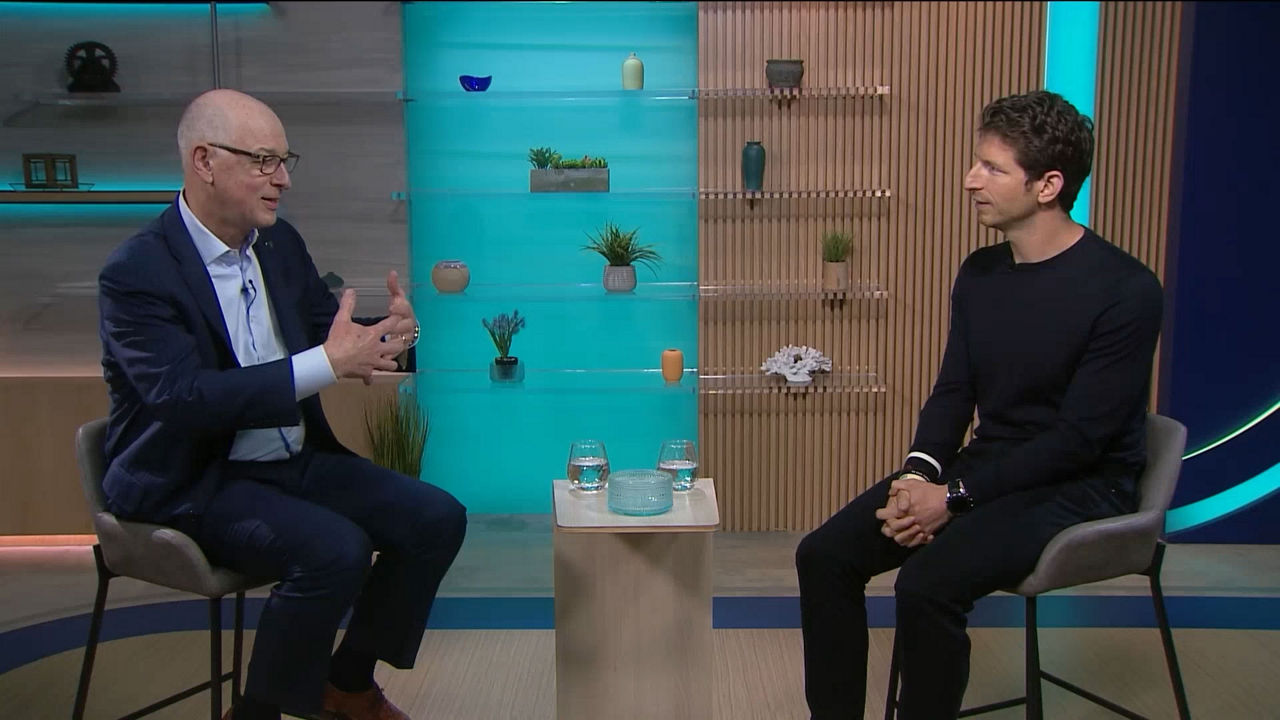Featured insights
-
2026 Real Estate OutlooksThe 2026 global real estate landscape continues to highlight how opportunities are country, capital, sector, style and submarket specific, with diverse investment themes across regions.
Read More
-
Special SituationsExpanding Today’s Credit Opportunities with Special SituationsIn the following Q&A we unravel opportunities arising from areas of credit market dislocation.
Read More
-
Q4 Market OutlookIn a "muddle through" economy, attractive yields may catch a tailwind, while equities require focus on high-quality companies with competitive advantages. Flexibility across asset classes will support portfolio resiliency.
Read More
$1.5T
#16
200+
-
Press ReleasePGIM’s real estate business provides $140.5M in financing for national cold storage portfolioThe six-facility portfolio is spread across major metropolitan areas including Boston, Philadelphia, Orlando and Tampa, Fla., and California’s Inland Empire.
Read More
-
 Press ReleasePrismic Life announces close of US$1.3B capital raiseThe capital raise is expected to result in Prismic allocating roughly US$15 billion to public, private and alternative credit assets managed by PGIM and private equity assets managed by Warburg Pincus.
Press ReleasePrismic Life announces close of US$1.3B capital raiseThe capital raise is expected to result in Prismic allocating roughly US$15 billion to public, private and alternative credit assets managed by PGIM and private equity assets managed by Warburg Pincus.Read More
-
Alt Goes Mainstream Podcast: The Intersection of Insurance and Asset ManagementPGIM’s Phil Waldeck joins the Alt Goes Mainstream podcast to explore the intersection of insurance and asset management, along with how insurers are navigating today’s investment landscape.
Read More
Subscribe to receive our latest insights
Stay informed on timely market developments, outlooks and industry events.
* Required Fields
Data as of 9/30/25 unless otherwise noted. All Assets Under Management are net unless otherwise noted.









